Vol. V, Ed. III
grandmag.ca


Vol. V, Ed. III

There really ought to be a job description for grandparenting so people know exactly what they’re getting into. Sure, we’ve all been parents, so we’ve done this before, right? But I’m here to tell you that when you add another 20 or 30 years, it’s a whole other ball game!
little grandchildren they so desire? Well, I’ve put together the following “job description” to shed some light.
Seeking highly motivated individual to provide quality babysitting services for young child(ren) along with unconditional love and a steadfast ally. Responsibilities include general supervision, meals, field trips, overnights and occasional vacation relief.
• Varied; including days, evenings and weekends.
• Must be on-call at a moment’s notice.
• May be asked to cover extended periods of time (vacation relief).
The successful candidate must have the ability to:
• Give horsey and piggy back rides while a squirming, wriggling toddler bounces on your back, simultaneously pulling on your ears and ruthlessly kicking you in the ribs.
For one thing, I would bet most parents don’t really remember much about those early years when their children were very young. And it’s no wonder as most of them were probably chronically sleep deprived. Those years with my own children are basically a blur. I remember very little other than my own desire to catch some sleep whenever and wherever possible. And even though we are supposedly older and wiser as we age, one’s energy reserves unfortunately aren’t what they used to be. What was easy to do at age 25 can seem pretty daunting at 55! That’s just a simple fact of life.
So what should potential grandparents be aware of when contemplating those


• Crawl around on your hands and knees for extended periods of time on all surfaces including (but not limited to) carpet, linoleum, tile, gravel, grass and sand.
• Produce a wide variety of voices for different characters when telling or reading stories (i.e. those for knights, witches, wizards, magical beasts, trolls, ogres, etc).
• Re-read the SAME favourite books over and over and over and over and over.
• Sit through hours of cartoons, children’s shows and G-rated movies and pretend that you like them.
• Be an expert at the triage of minor cuts, scrapes and splinters (more commonly referred to as “owies” or “booboos”), displaying an excellent bedside manner that will instantly calm/soothe any hysterically sobbing child.
• Make a plethora of sound effects including those of animals, weather, vehicles, bodily functions, etc.


• Contort one’s face into endless silly expressions in order to get a laugh.
• Be able to provide nutritious snacks that children will not turn their nose up at, make a face at, throw on the floor, dump out or decorate a younger sibling with.



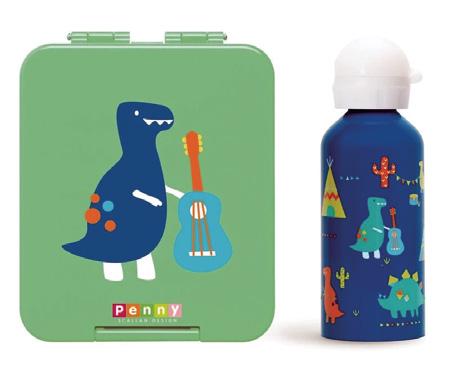
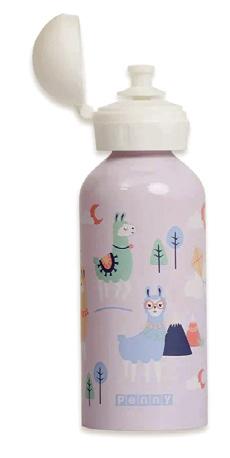

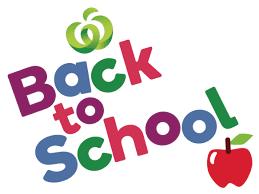
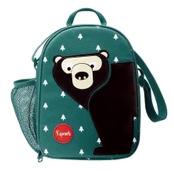
• Cajole, flatter, exaggerate, bribe or otherwise elicit cooperation by any means necessary.
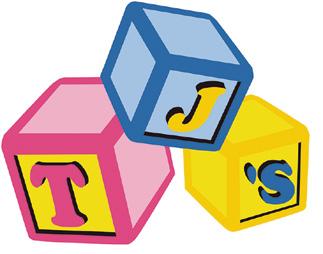
• Draw realistic representations of people and objects on command.
• Possess the artistic ability of shaping food into recognizable objects so that it will be readily consumed, expertly hiding or disguising “healthy” ingredients.
• Permit all manner of kicking and splashing in the bathtub while sea monsters are subdued.
• Provide oodles of cuddles, preferably in a big, comfy rocking chair.
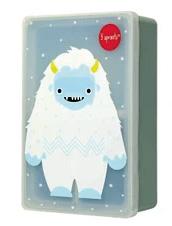
• Be brave enough to check for monsters under the bed, in the closet or in any hidey-hole as directed.
• Possess the patience of a saint to follow complicated instructions (requiring an engineering degree at a minimum) for the assembly of most children’s toys. Or, alternately, magically put together children’s toys with only sparse, incomplete or even non-existent instructions.
• Employ the skills of both an acrobat (gracefully dismount from a bed without causing the springs to protest) and a cat burglar (stealthily creep out of a room) when putting a child to bed.
• Recite dozens of nursery rhymes and children’s songs off the top of one’s head.
• Change a messy diaper while expertly distracting the non-cooperative wearer who is ceaselessly contorting their body to thwart your efforts.

No degree required or experience necessary—just an open heart.

If you’ve ever tried to hike with a preschooler, you know how quickly objectives can diverge. The child wants to stop and observe every interesting rock or twig along the path—sometimes every blade of grass! The time-conscious adult, on the other hand, has a destination in mind—one that won’t be reached until next Thursday at the current speed.
As a young mother, I was all too often the impatient adult in the above scenario. I like to think I’m a little wiser now that I’m a grandmother, holding my expectations loosely, slowing to match the start and stop pace of the significantly smaller humans in my company. After all, there are rich discoveries to be made at this level of observation: tiny pink wildflowers, lichen with the texture of dragon skin, industrious ants going about their business—treasures I would have overlooked in my haste to get to a particular viewpoint. It turns out engrossed grandchildren are the ultimate Zen teachers: the journey really is the destination.
Given their acute eyesight and the fact that their line of vision is so close to the
ground, it’s not surprising that young children are fascinated by small things like insects and leaves. In fact, collecting information about the world and how it works is one of a preschooler’s primary jobs, so it only makes sense that they would be riveted by the intricate textures and minute details that most adults overlook or have come to take for granted. Small objects and creatures are the perfect subjects for study. Their miniature size makes them accessible, allowing them to be cupped in small hands, or observed at close range from a crouch.
If you’ve spent any time in a preschooler’s company, you’ll know that it’s not just small objects from the natural world that keep them enthralled. Preschoolers are drawn to miniatures of all kinds— and that comes with many benefits according to social scientists who study and work with children. As small humans in a big world, playing with tiny animals, people, furniture, etc. gives young children a sense of control and agency. It allows them a safe place to express emotion and to act out through play what they’re
learning and observing around them. Beyond the emotional and creative benefits, miniature play also builds finger dexterity and fine motor skills.

Of course you don’t need manufactured toys to get the benefit of miniature play. According to my kindergartenteacher daughter, “loose parts” are highly valued in early childhood education these days. Loose parts refer to small found or collected objects like stones, buttons or seashells that can be used alone, in collection or combined with other materials in endless creative ways. Via a child’s imagination, an individual stone can become an animal or a person, while an acorn may be used as an ingredient in a tasty make-believe soup. In the same child’s hands, a collection of sticks and leaves can be transformed into an entire miniature village. In many ways small natural objects are the perfect toys, costing nothing, easily replaceable, while encouraging high-level creativity, innovation and collaboration.
One recent weekend morning, my two four-year-old granddaughters and I slipped on our boots and went outside to engage in some miniature play: on this

occasion, to make a tiny fairy garden. I wasn’t sure what we’d find when we started looking, but it didn’t take long to see that we were surrounded by a wealth of suitable materials. Cheerful yellow buttercups. Hot pink salmonberry blossoms. Tiny snail shells. Bright green fir and cedar tips. Uncurling ferns, waxy salal leaves and grasses gone to seed.

Time fell away as we made new discoveries and positioned each treasure “just so” on the stone step that held our tiny garden. Before setting them in their proper place, we carefully examined each new addition. The closer we looked, the more wondrous detail we found. I was impressed by my granddaughters’ focus as we compared grass seedheads, contemplated the geometry of fiddleheads and marvelled at the complexity of wildflowers. I would happily have spent half the day helping them make additions to our little tableau, but our playtime was interrupted by the call to breakfast.

The fairy garden wasn’t my first foray into miniature play with my grandchildren, and it certainly won’t be my last. Each tiny seascape at the beach, each mini stone village on a riverbank or twig house in the roots of a tree, is a new creative adventure. And truth be told, I think I have as much fun as they do!
Rachel Dunstan Muller is a children’s author, storyteller, podcaster and grandmother. You can find her two podcasts Hintertales: Stories from the Margins of History and Sticks and Stones and Stories through her website at racheldunstanmuller.com, or wherever you normally get your podcasts.



Emma Eaton spends her working days at the SHOAL Centre, in Sidney BC. The SHOAL Centre is operated by a local charity, Beacon Community Services. Beacon has been delivering social programs to help, empower and improve lives within the Greater Victoria Region since 1974. For information about programs that support seniors to safely live independently call 250-656-5537 and ask to speak with the coordinator of the Better at Home program.

Asense of belonging. As a basic principle of human nature, this is a feeling we all want to have, no matter what age we are. Life often passes quicker than we anticipate. Feelings consume our lives. The migration to old age can be a hard thing to wrap your head around and to accept—until you reach that point of no return. However, having a sense of worth, as well as people who support your journey, make this transition worthwhile.
Thanks to the pandemic, modern society’s course shifted drastically in the past two and half years. Families and friends distanced in great numbers, fearful of contracting an unpredictable illness. This has taken a toll on everyone. For the senior population, it manifested in an unfortunate loss of basic human interac-
tion...if they weren’t already experiencing it before. Although we knew the importance of “connections,” it wasn’t until we were more or less cut off from them that we all found out how absolutely vital they are.
However, the knowledge we’ve gained from this experience has given us valuable insight on how to reach out and make sure seniors in our community are connected and feeling worthwhile.
As we age, quality of life can decline or become more challenging to manage. The support of those around us becomes more of a necessity: ironically, to stay independent, we may actually need to be a bit more dependent in some areas of our life. The spirit can’t help but feel a bit overwhelmed by the scenario.
That’s why engagement is so important; it’s a kindness to the mind. Community is an incredible buffer. Socialization and the continuation of relationships (old and new!) help to create an overall sense of wellness and connection. The National Institute on Aging has extensive research showing that isolation and loneliness are linked to a higher risk of cognitive decline and Alzheimer’s disease. Maximizing social capital and interactions therefore help mobilize a better commonality and strengthen a populace.
Joining a local community centre, volunteering, taking part in a fitness class or another group activity…these are opportunities to make meaningful connections. Additionally, such forms of gathering provide some “extra eyes and ears” on individuals who may not otherwise have the means to cope with their current situation. Oftentimes, people have lost a
spouse or live far away from immediate family. Contacts that are outside their usual scope can be critically important. Word of mouth, volunteerism, spending time with people in similar situations all assist in the endeavour to remain healthy.
In recognition of the importance of healthy aging, community supportive programs have been purposefully created. In most municipalities, there are many resources available. You’ll often find a comradery among individuals who are working towards making the lives of those around them better. As people age out of their careers and retire, many hunger for something meaningful to fill their time. Volunteering has a huge capacity for that exact effect: fulfillment. The sense of gratification which volunteering provides can also help people forge a powerful connection to where they live. Within a circle of people, it cre-
ates a network of carrying through and doing what needs to be done. Things like rides to medical appointments, group support programs, grocery shopping and help around the house—all have immense value to those who are in need and likewise to volunteers delivering these supportive services.
These activities help mobilize a greater sense of thriving, no matter which side of the spectrum you are on. It’s a feeling of support around you. The importance of building community as you age is reflected in better health, well-being, security and most importantly the feeling that we are being looked after by one another. In other words, in a world and at a time where isolation is increasingly common, getting a good dose of community is a prescription for better living and positive aging!

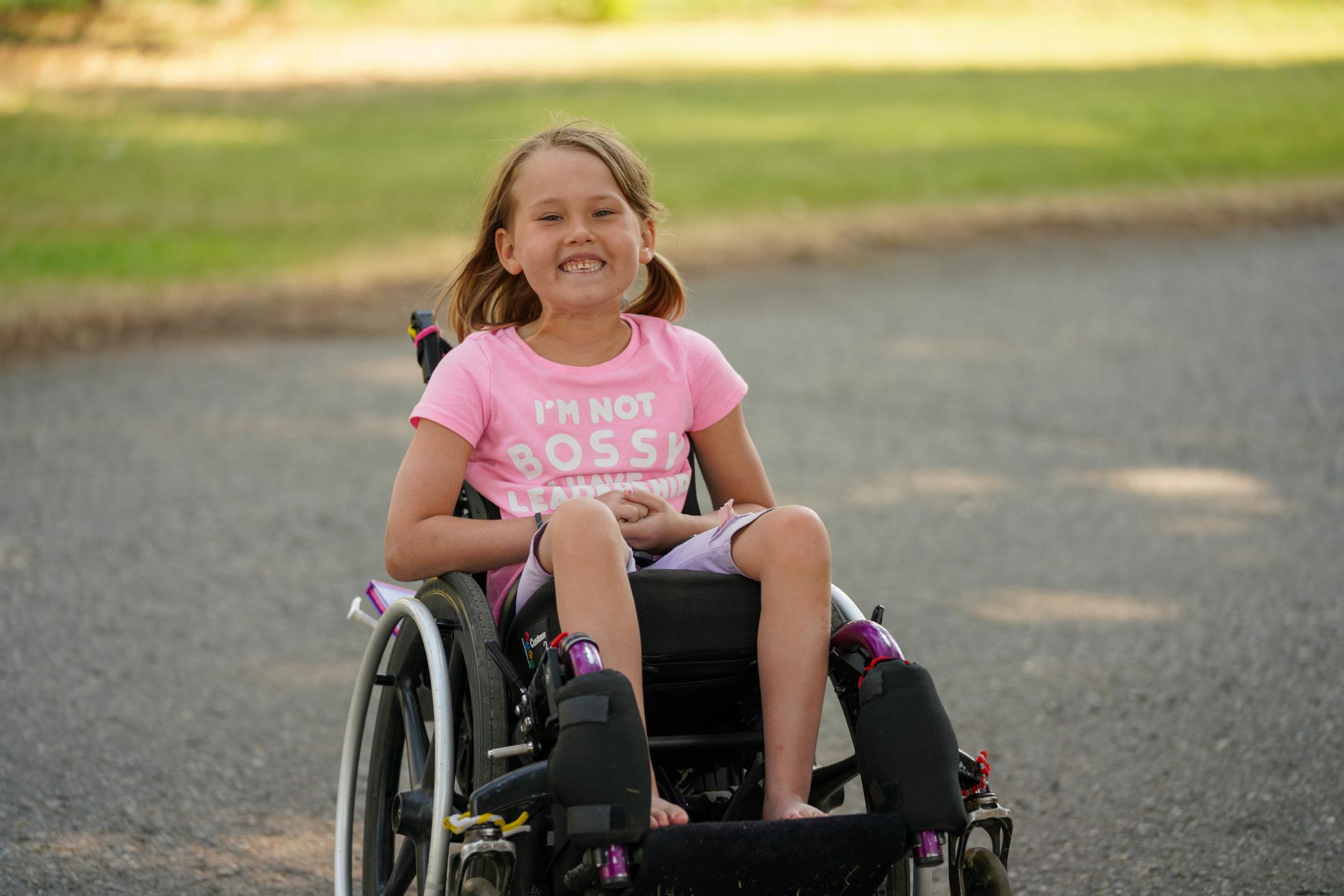


Did you get “the talk” yet from your child? It’s when they express only zero-waste, plastic-free, fair-trade and non-toxic gifts are okay for the grandkids!
Youth today are inheriting a wounded world. And many of them know it. You may have also received a lecture from a fiveyear old about Nutella and how harvest of the ingredient palm oil harms orangutans.
Childhood deserves celebration. Grandparents play a crucial role to support a child to feel known, significant and experience a sense of belonging. Don’t underestimate the power and need for time with you. Give the gift of experiences with gifts ideas to build connection with the living world: Pond or tide pool dipping: Visit a local pond, creek or intertidal zone.
Gift: Dip net (buy anywhere that sells fish aquarium supplies) and a white tub or bucket (white creates the best contrast to see critters). To identify intertidal life, I recommend the one page, laminated Marine Life of British Columbia by David S. Young. Source it from School House Supplies in downtown Victoria or Shaw Centre for the Salish Sea. I also recommend A Field Guide to Crabs of the Pacific Northwest by Gregory C. Jensen and A Field Guide to Seaweeds of the Pacific Northwest by Dr. Bridgette Clarkson.
Rockhounding: Beaches are the easiest but interesting geological formations are also found inland throughout Vancouver Island.
Gift: A Field Guide to the Identification of Pebbles by Eileen Van der Flier Keller. Produced by Harbour Publishing, this is a perfect beginner guide for the whole family! A magnifying glass also makes a great addition.
Birding or whale watching: Enjoy local backyard birding or take a trip to the park. How lucky are we that whale species like Orcas and Greys are spotted from Vancouver Island shorelines or the ferry?
Gift: Binoculars! In my experience children as young as 8 can take good care of a decent pair of binos (with help). Don’t buy a cheap toy set. They are always disappointing, quick to break and end up in the landfill.
Owl prowl: With parental permission, blow bedtime and go for a stroll at dusk. You can stick to the sidewalk along forest edges or try it on the next family camping trip. Hint: Owls are quite vocal mid-March to May. Do try it in the winter when it’s dark earlier!
Gift: LED Armband lights from Mountain Equipment Co-op.
These snap on the ankle or arm and take a watch-sized battery. They offer great visibility and durability.
Snack and story: Cuddle among the trees for some quality time. Did you know swinging helps kids regulate emotions and helps them focus? They offer many developmental and therapeutic benefits, especially for kids with sensory processing disorders. It’s also fun!

Gift: Hammock’s are affordable, long lasting and easy to hang in the yard or campsite.
Gift: Tree swing! There are so many shapes, styles and price ranges. Survey the kids in the neighbourhood or notice what style is being used the most. I’m partial to the flying saucer style.
Animal tracking: After a fresh snow or rain, invite a child on a hike to search for animal sign like scrapes, rubs, tracks or scat (poop).
Gift: Choose an animal tracking book or identification guide local to your area. Did you know deer scat looks like chocolate covered raisins compared to elk which are more Hershey kisses shaped? (Binoculars and magnifying glass can come in handy on these outings.)
Carving and whittling: Doesn’t everyone try this at some point in their childhood? It’s a rite of passage.
Gift: Vegetable peeler or knife (Mora companion knife is kidsized). Depending on their age and skill, start with a vegetable peeler. It’s a great low risk way to teach safety skills before graduating to a knife. I recommend supervision and safe storage of the gift! (Because even a vegetable peeler can remove strips from your favourite solid wood dining room chairs.) Find a carving class to take together. Or add a book about wood carving for kids.
Note: Check with a parent before any purchase. Many of these items are easily shipped if you live far away.
Lindsay Coulter is a writer, educator, facilitator, naturalist, community catalyst, soul activist, mentor and dedicated mother of two. She’s the Director of Communications, Culture and Community at EPIC Learning Centre, a forest and nature school in Victoria. Find her @SaneAction on Instagram and Facebook.
Gone are the days of rocking chairs and recliners. Today’s grandparents are more likely to be rock climbing or going for a run than they are to be rocking or reclining.
We’re an active and diverse group—an engaged, evolving and powerful force. We’re mentors, nurturers, keepers of secrets. We’re caregivers, child care providers, dessert-before-dinner defenders. We’re historians, spiritual guides and the holders of family stories.
GRAND celebrates who you are as a grandparent and who you are as an individual. You love spending time with your grandchildren and you’re happy in your other roles: at work, in the community and on your own. GRAND acknowledges that you are not “one or the other”—an “either/or” version of yourself—you are many different things to many different people. And to yourself.
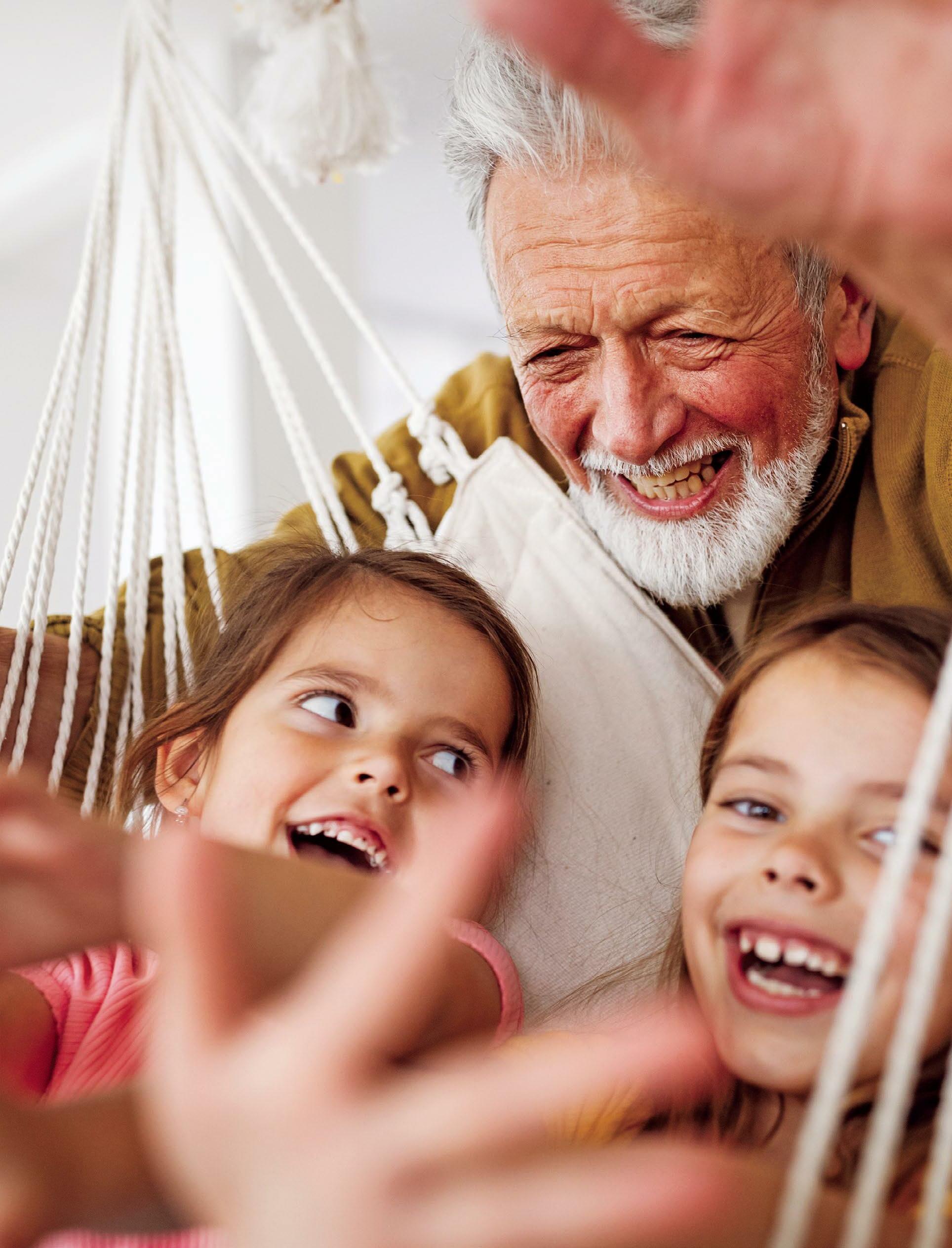
With an Island perspective that speaks to an international readership, GRAND is the source for on-the-go grandparents of up-to-the-minute and thought-provoking information and ideas—on everything from having fun, staying fit and things to do to travel, leisure, health and technology. Think of GRAND as a trusted friend who happily shares those “senior moments” (in the best sense of the words!) and keeps you informed and connected to the issues and ideas that really matter. After reading an issue of GRAND, you should feel inspired, up-to-date and informed.
We’re here for you: from helping you figure out where you fit in to tackling your most perplexing questions, sharing your greatest discoveries and celebrating your deepest joys.
GRAND features articles on topics ranging from the importance of storytelling, cooking with your grandkids and community superheroes, to photographing your grandkids, gift-giving and grandparenting from afar. There are ideas and inspiration to help keep you in-the-know and connected, there’s a guide to investing in your grandchildren’s future and there’s tech support that will help you face your fears and embrace the cloud.
GRAND is as diverse and engaged as you are. Together, we’re a powerful and positive force—in our grandchildren’s lives and in our communities.






